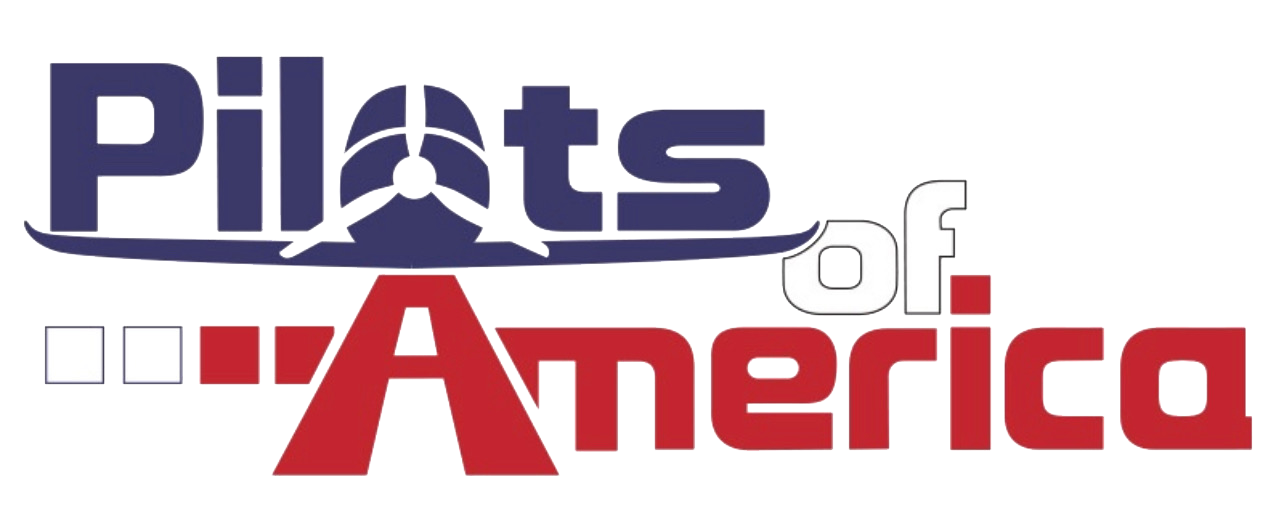2nd505th
Pre-takeoff checklist
- Joined
- Apr 11, 2018
- Messages
- 108
- Display Name
Display name:
2nd505th
Does this count for the commercial cross country?
Aug 26 - KTKI KGNF 343nm
Aug 26 KGNF KRYY 260nm
Oct 18 KRYY KRMG 35nm
§61.129 Aeronautical experience.
(i) One cross-country flight of not less than 300 nautical miles total distance, with landings at a minimum of three points, one of which is a straight-line distance of at least 250 nautical miles from the original departure point.
Aug 26 - KTKI KGNF 343nm
Aug 26 KGNF KRYY 260nm
Oct 18 KRYY KRMG 35nm
§61.129 Aeronautical experience.
(i) One cross-country flight of not less than 300 nautical miles total distance, with landings at a minimum of three points, one of which is a straight-line distance of at least 250 nautical miles from the original departure point.

